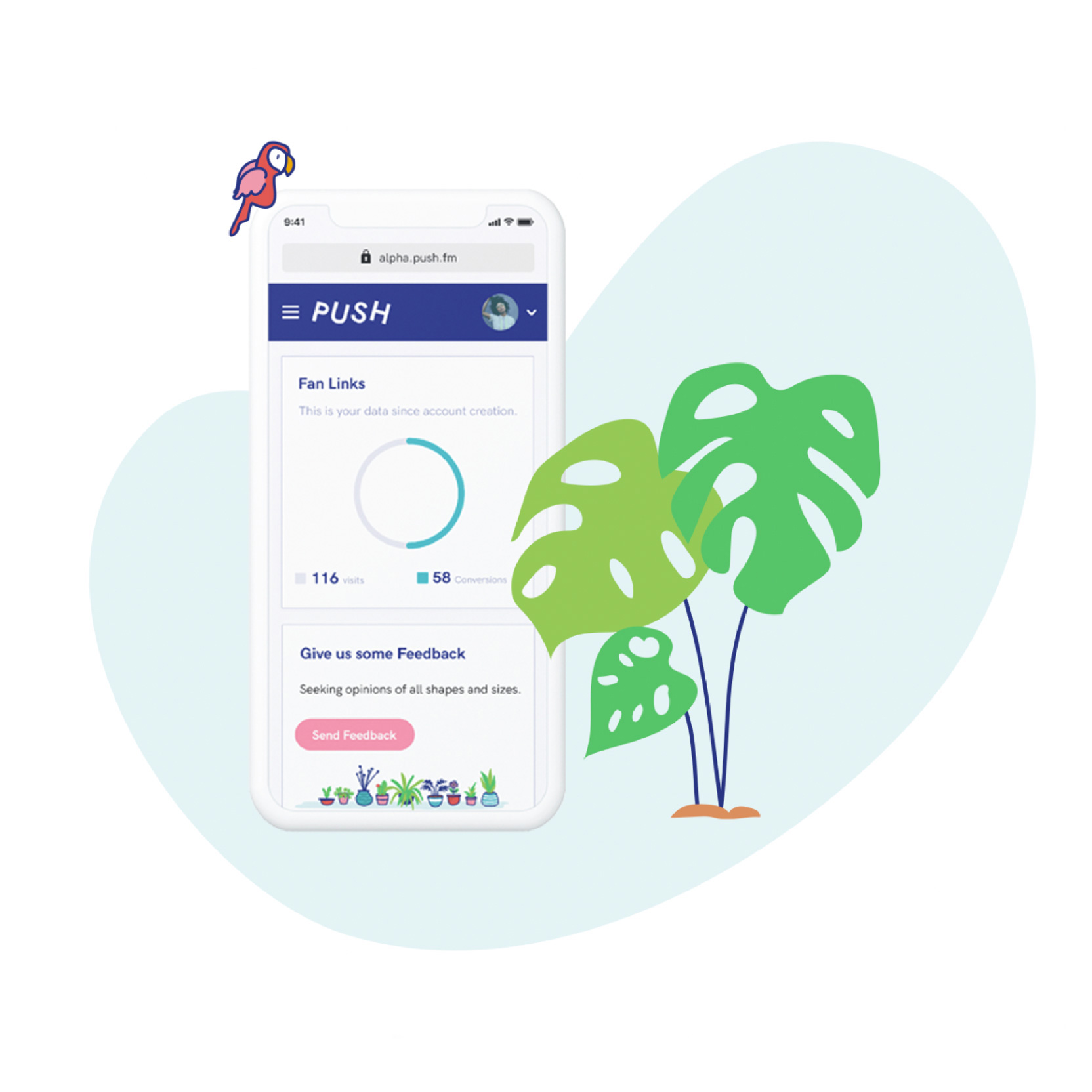Captivating header that intrigues the audience
Project
…
Objective
…
Outcome
- We saw a marked increase in WAU up 11% from the previous 6 months.
- x% Increase in Sign ups (Ask Felix if there has been an increase in sign ups since they’ve been released.
- 4.7/5 Trustpilot Rating
- 4.8/5 App Rating
Team
- Lead Designer (Myself)
- Product Owner
Responsibility
- UX/UI Designer
- User research
- UX Writing
- Information Architecture
- Handoff
Company
Bowimi
Timeline
May ’23 – Feb 24′
Cross Functional Partners
- Software Engineering
- Product Owner
- Growth Marketing
- Sales team
- Co-Founders
How was the problem initially described to us?
When the problem was brought to our attention by the co-founders of the company, it was framed as quite a significant concern originating from conversations with multiple customers. The primary issue highlighted by our stakeholders was the lack of clarity among customers regarding the status of individual products within the sales pipeline.
Avoiding bias
To delve deeper into this issue and gain a comprehensive understanding, our product team and I initiated a series of interviews with our customers. Though we were keen to avoid biassing the interview with this issue as the focus of each interview.
Our strategy for conducting customer interviews involved compiling a comprehensive list of open-ended questions. We opted not to impose a rigid structure during the interviews to ensure that we didn’t interrupt our customers, allowing them the freedom to discuss any specific topics they deemed important.
Background context
The platform is designed specifically for field sales teams, blending elements of a CRM system and a project management tool. While resembling a CRM in functionality, it diverges from traditional CRM platforms by omitting a Kanban board to visualize the sales pipeline.
Instead, users can update location tags directly on the platform or through surveys associated with each location. They have the flexibility to filter their location map based on individual or multiple tags.

UX Research Plan
Key Research Questions
- What are the primary challenges and pain points faced by our customers during their day-to-day life?
- What frustrations do they have while using Bowimi?
- What do they enjoy most about Bowimi?
Target Users
Field Sales Representatives:
- Feedback on Bowimi’s usability and integration into daily workflows.
- Identification of overlooked usability issues.
- Suggestions for improvements to enhance productivity.
Manager of Field Sales Teams:
- Insights into Bowimi’s effectiveness in supporting sales processes.
- Perspective on Bowimi’s alignment with team goals.
- Expectations for reporting and analytics features.
C-suite level executives:
- Strategic goals related to Bowimi’s use.
- Alignment of Bowimi with company initiatives.
- Expectations for Bowimi’s contribution to business growth and efficiency.
Target Customers
Consider specifying the types of industries represented by the target customers. This can help tailor the research to address potential industry-specific challenges or opportunities.
Provide a rationale for why targeting customers of different company sizes and industries is important for the research. For example, you might want to understand how the sales pipeline issue varies across different organisational contexts.
Discussion Guide

Insights
01
During user interviews and research, it became evident that customers tend to engage with surveys during longer visits, particularly when they are updating tags and interacting with customer data
Two different workflows for updating a tag on a location.

02
Utilizing tags does not capture the multi-level information regarding the status of products from specific brands within a sales pipeline.

Other Insights
We also found that there were many opportunities that we could solve for our users. In fact we found so many it became slightly overwhelming and sought to figure out how to break everything down.
I had been reading books, consuming content and attending meetups in order to find the best ways to help with this overwhelm.
One book that stood out to me was Teresa Torres’ book Continuous Product Discovery which seemed like a really powerful way to visualise strategies, figure out what to work on and get buy-in from stakeholders.
Opportunity Solution Trees as a solution to align stakeholders.
Through this we identified many possible opportunities that we could create solutions for.
[Diagram of Opportunity Solution trees for all or some of the opportunities we uncovered]
This is the bit where you explain how to prioritise which of the opportunities you uncovered using RICE Scoring or Feature Prioritisation Matrix…
[Diagram of the Product Statuses Opportunity Solution tree]
(Explain here the Product Statuses Opportunity Solution tree…)
(Explain the different experiments that you wished to run in order to solve this solution.)
Product statuses experiment brief
…
Problem / Opportunity Statement
…
Challenge
…
Competitive Analysis
…
Previous information architecture
…
Update to the information architecture
…
Initial Sketches / Ideating
…
Wireframes
…
Existing UI kit
…
Colour
…
Typography
…
Platform Design
…(Admin area, locations (location detail and batch updating)
Testing, Results & Learning
…
Final Product
…
Outcomes
- We saw a marked increase in WAU up 11% from the previous 6 months.
- x% Increase in Sign ups (Ask Felix if there has been an increase in sign ups since they’ve been released.
- 4.7/5 Trustpilot Rating
- 4.8/5 App Rating
Next Steps
…
Ideas Beyond Product Statuses / implications for the rest of the product.
…



